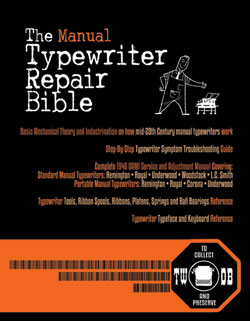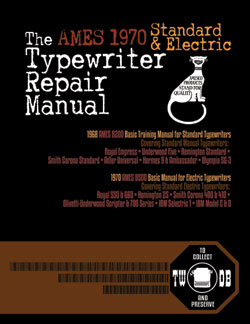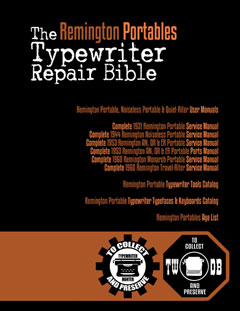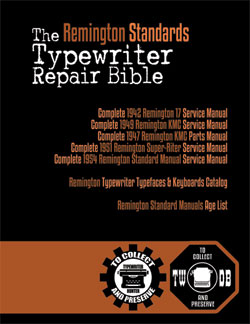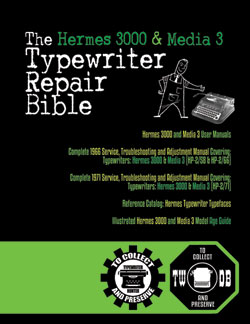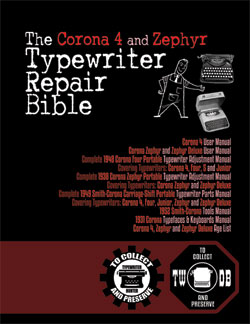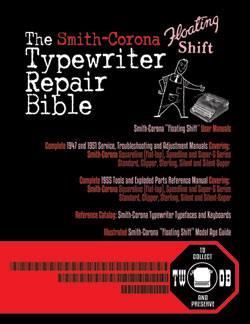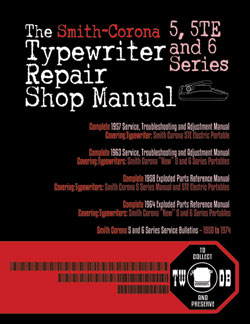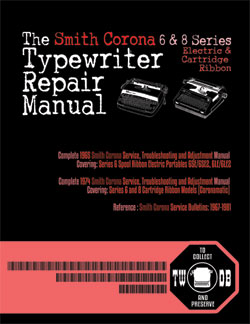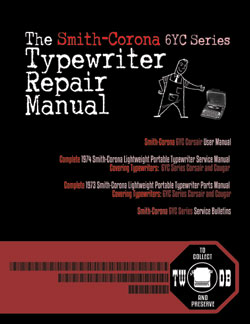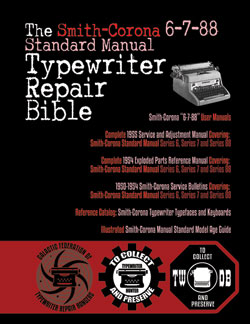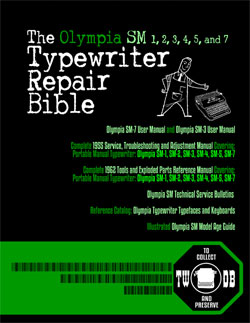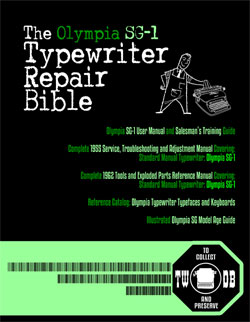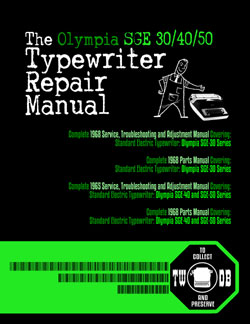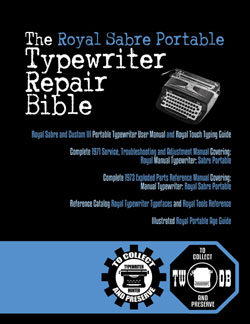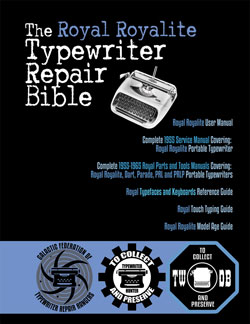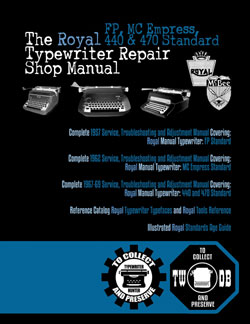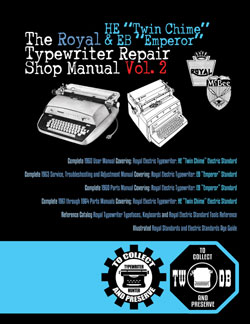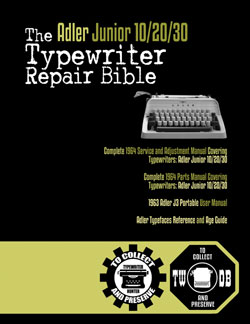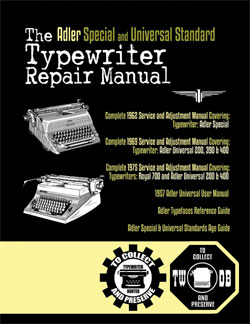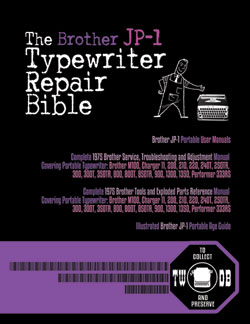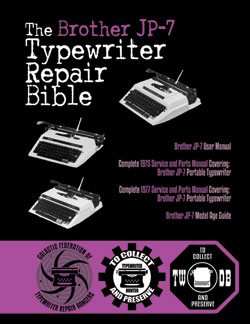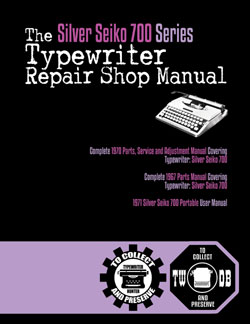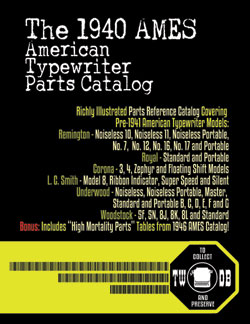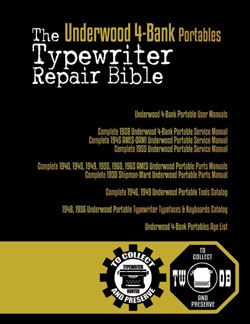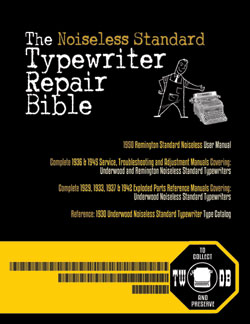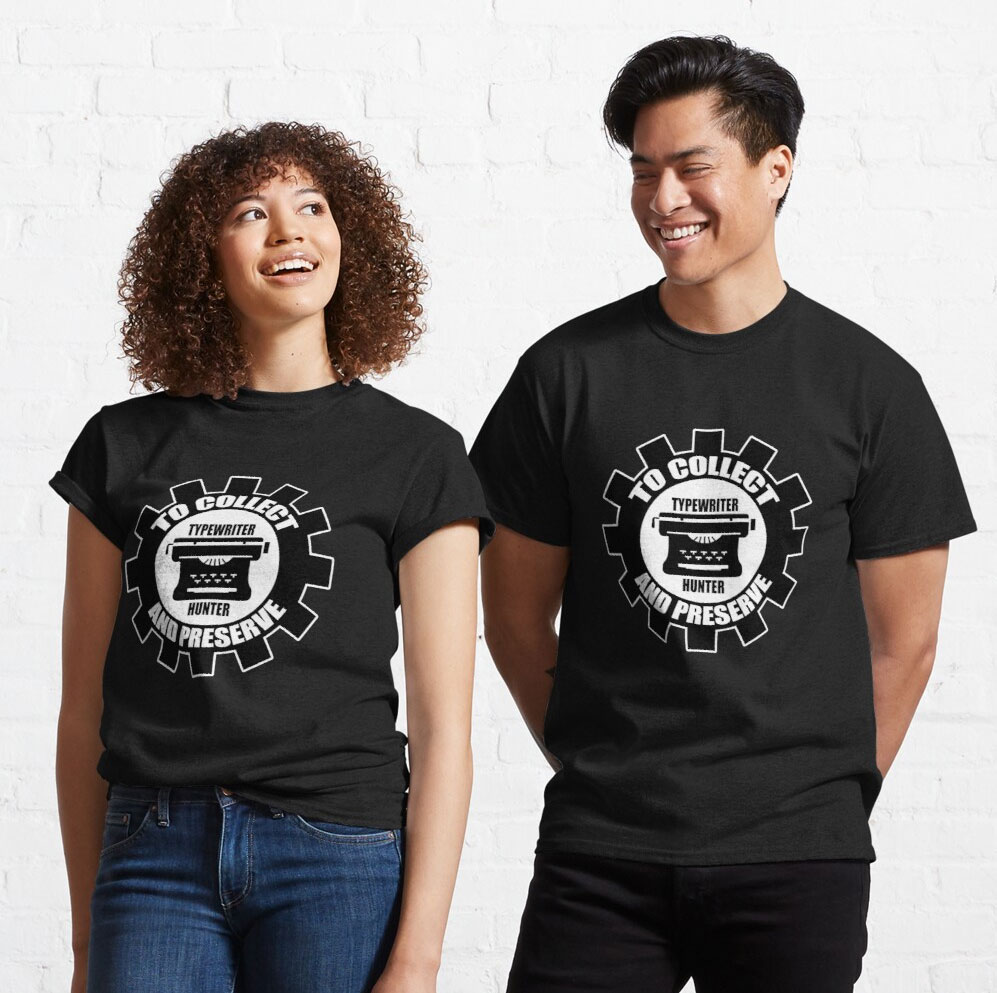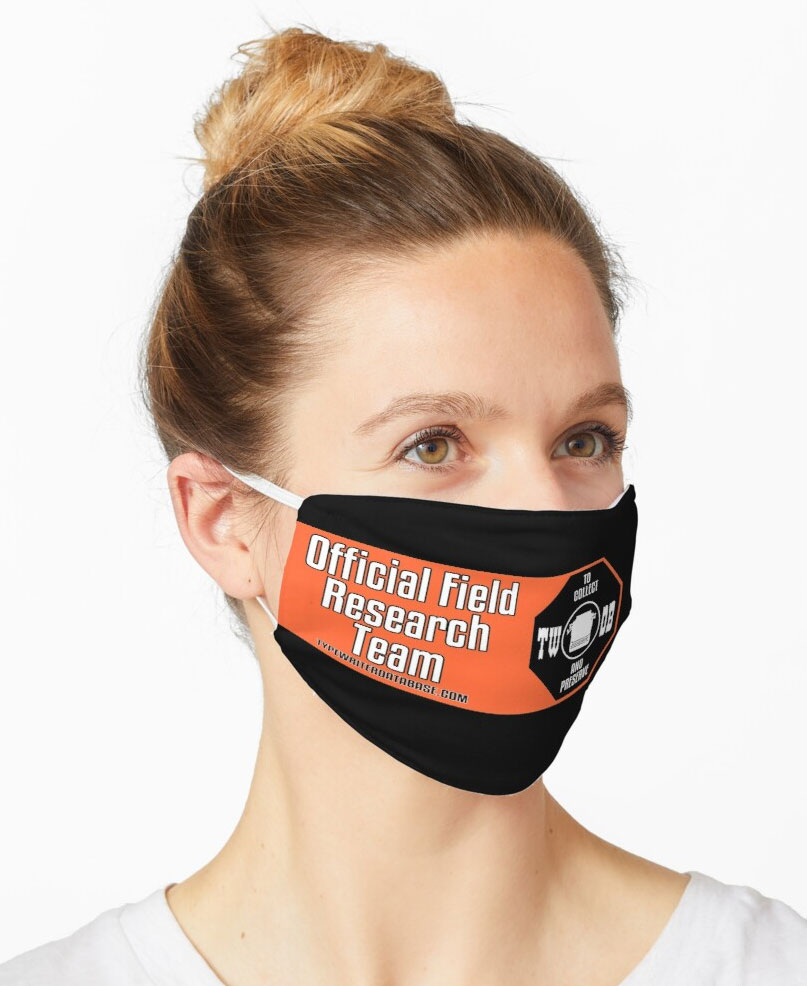1939 Olympia Filia #96283
Status: My Collection
Hunter: Paolo Dal Chiele (pdcox)
Created: 08-03-2020 at 06:25PM
Last Edit: 08-03-2020 at 09:05PM
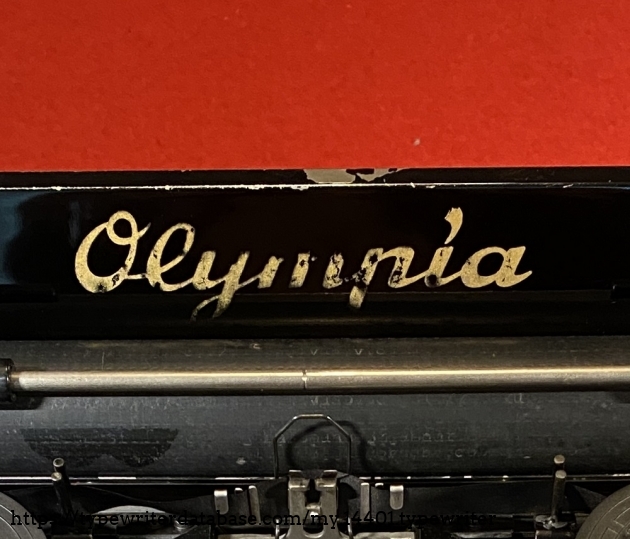
Description:
Writing about the Urania Klein, I mentioned the Olympia Filia. Although it was produced in much smaller numbers, the Kleins in the database are more than three times the Filias (including the DM and Kappel clones), which seems to me to confirm that it is much more appreciated by collectors. This is also confirmed by how little information can be found about the bottom model of portable range produced by Olympia in the 1930s.
The Filia is perhaps the typewriter that I love and hate the most at the same time; far from rare, it is a machine definitely out of the ordinary and should deserves more attention. What I present here is the first of my three Filias (for the moment), starting by explaining why I love this model.
Unlike Klein, the Filia is a coherent and very well designed machine. After completing the family of Olympia portables from 1931 to 1934 (Simplex, and then Progress and Elite), in 1935 Johannes Kr├╝ger created a very basic typewriter. Positioned under the Simplex and (somehow) derived from it (Filia means daughter in Latin), with a target price as close as possible to 100 DM. Actually, the selling price of Filia A was 109.5 RM, while Filia B cost 119.5 RM.
First of all, the Filia was sold without case, that was available at an additional cost of 8.0 RM. Everything that was not strictly necessary to compose a text was eliminated including the return lever and the left shift key, and the number of keys was reduced to 40. Pieces directly from other Olympia portable were also used, such as the carriage rollers and the typebars. Curiosity: for this reason, the typebars numbering start at 3, while the corresponding typebar levers numbering start at 2.
However, what makes this Filia special are the original solutions and parts adopted to reduce the number of components to a minimum without affecting robustness and quality of writing. The reduced dimensions allowed by the number of keys have been obtained by mounting the front part of the mechanics on a half frame which ends in the central part of the typewriter made with a one-piece shaped sheet metal which has three functions: includes the ribbon guides, supports the typebars guide and provide rigidity to the structure. Only the rear part of the mechanics including the vibrator and shift mechanisms are fixed directly to the rear side of the body. The manual ribbon reverse system is very simple and effective, with the two vertical ribbon spool shafts that can be removed by unscrewing a single screw. As on the Adler Favorit, the return band has been replaced by a simple spring (noisy but effective). The carriage is even more minimalist, and not only for the absence of the return lever and of the line spacing setting. The paper support is held in place with only four springs (not a single screw), the paper sliding rollers are reduced to 2 and the lifting mechanism of the platen is incorporated in the carriage side (the carriage is fix and only the platen moves up and down). Many good ideas, combined to obtain the desired result without sacrificing the writing quality and the robustness, which on the whole has even improved. Brilliant engineering.
This example of Filia B is interesting because it is not a Filia B. The first thing that I observed was that the "Filia B" logo on the right side of the lid is completely missing. If it is common for the logo to be faded or even partially erased, it had never happened to me to see it completely disappeared without leaving any trace and the paint is still in good condition. It was by chance that while polishing the bodywork at night and under strong vertical light I discovered that all the DM Mod. 5 logos are hidden under the last layer of black paint, and that the Olympia logo on the paper support was applied later. The good quality of the painting and the Olympia logo make me thinking that the "rebranding" took place in the factory, who knows why ...
Dirty, rusty and blocked, the Filia is now fully functional again.
Typeface Specimen:
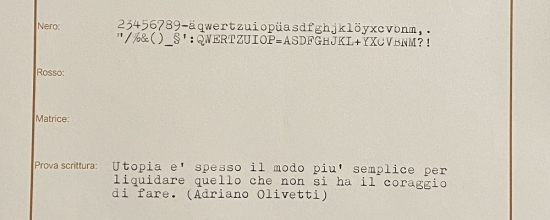
Photos:
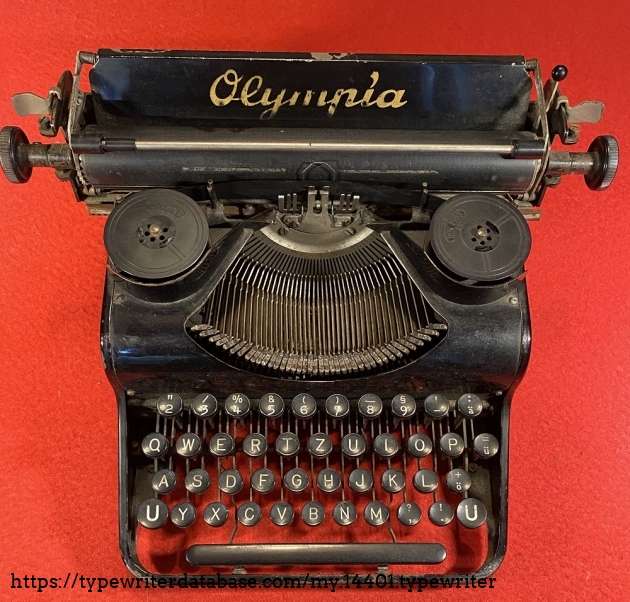
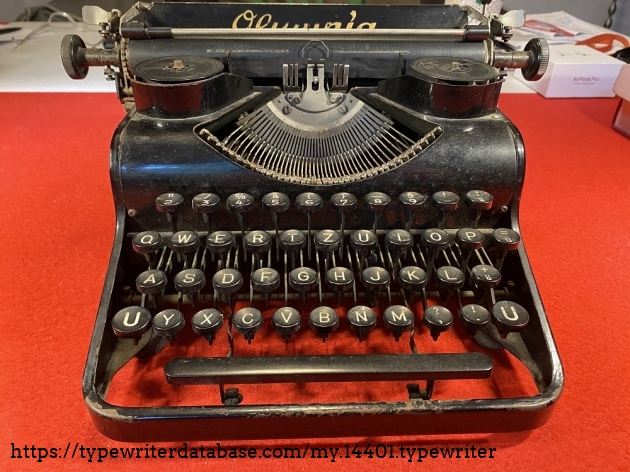

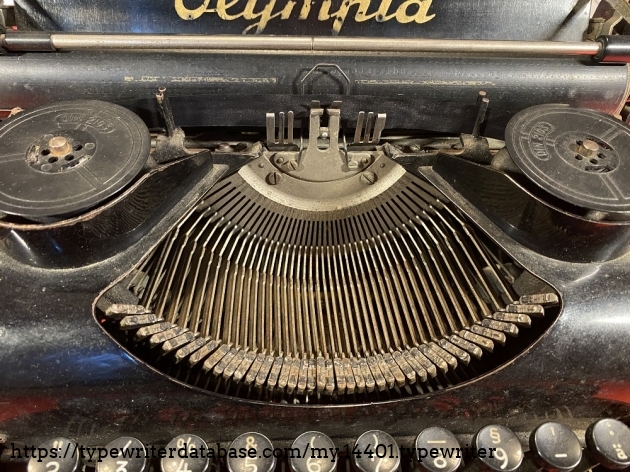
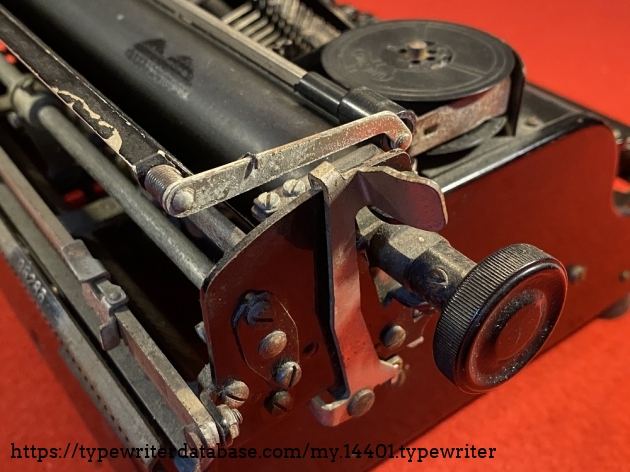
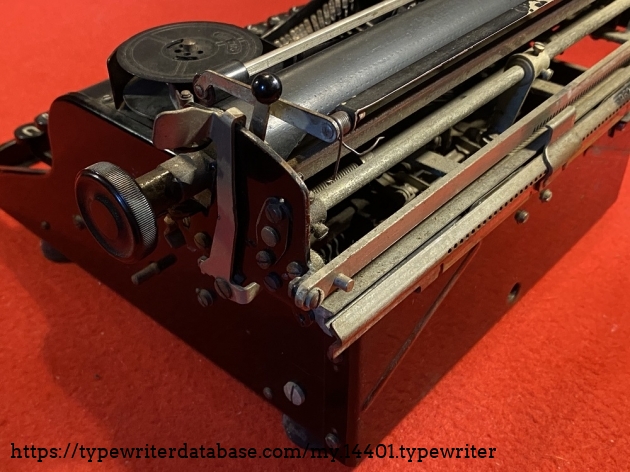
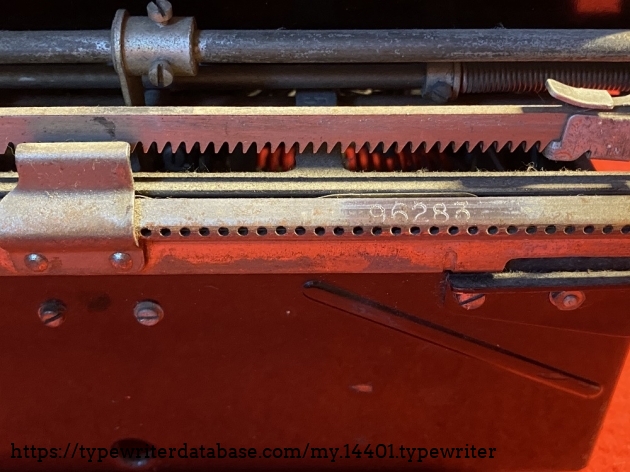
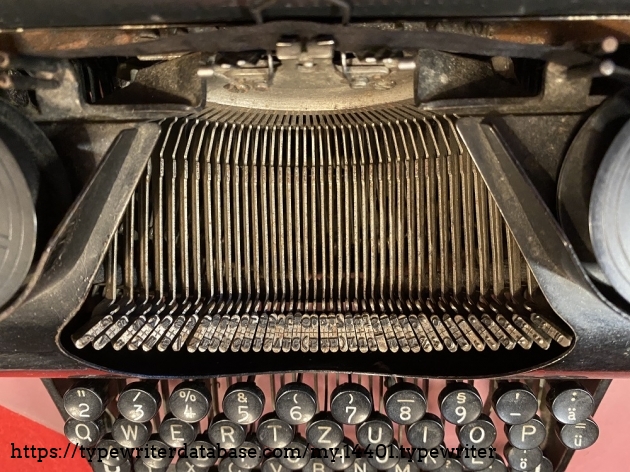
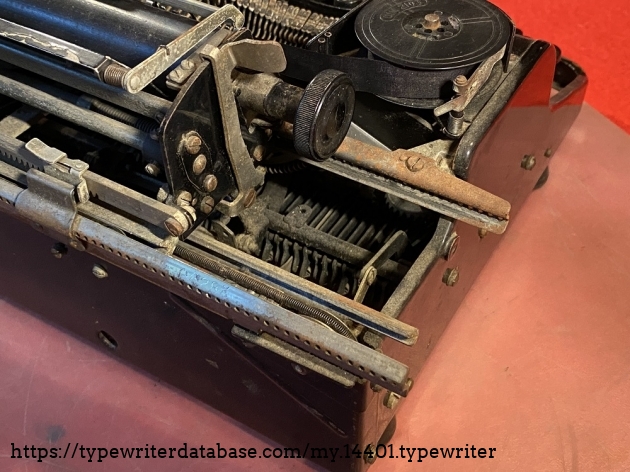
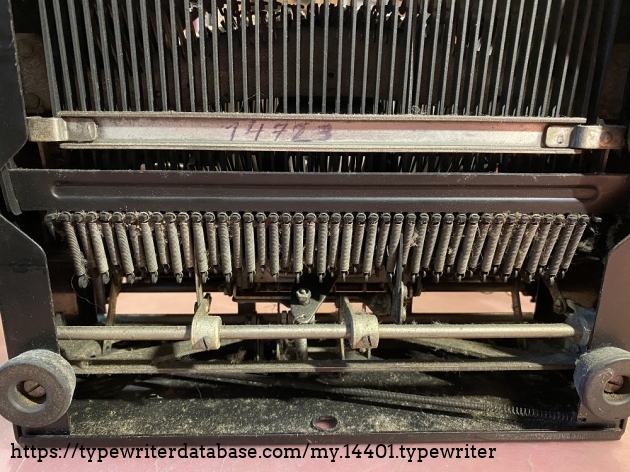
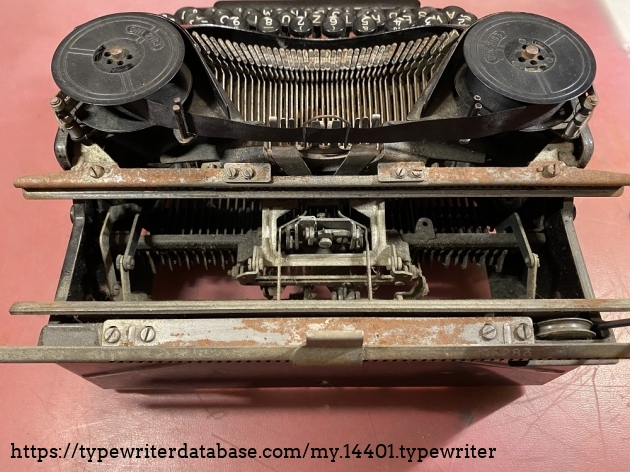
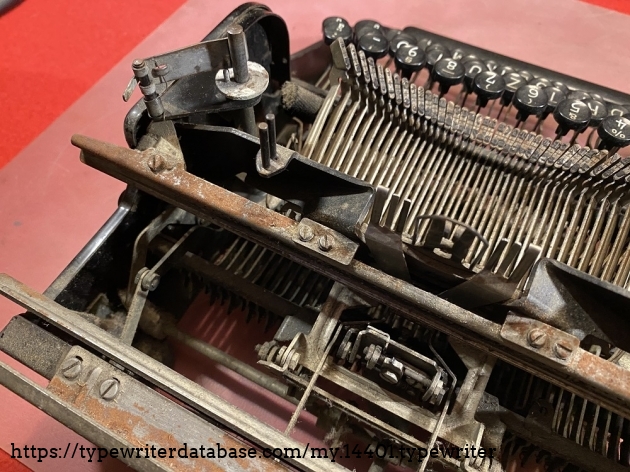
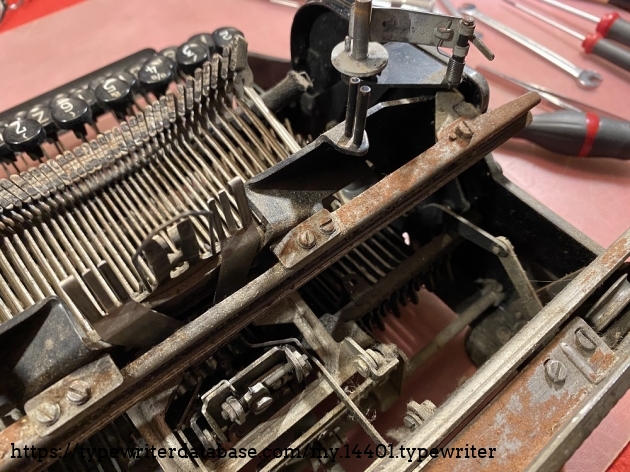
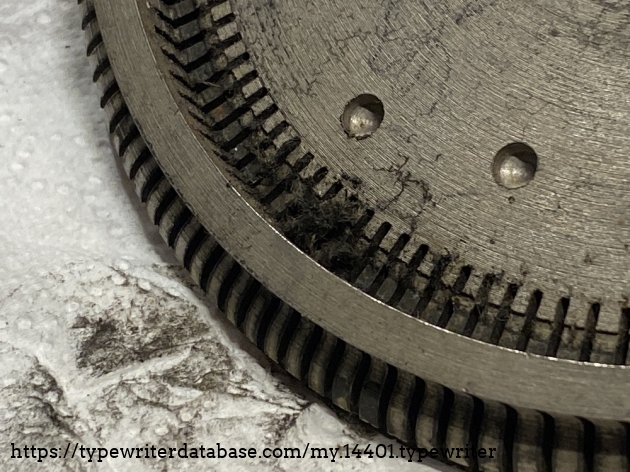
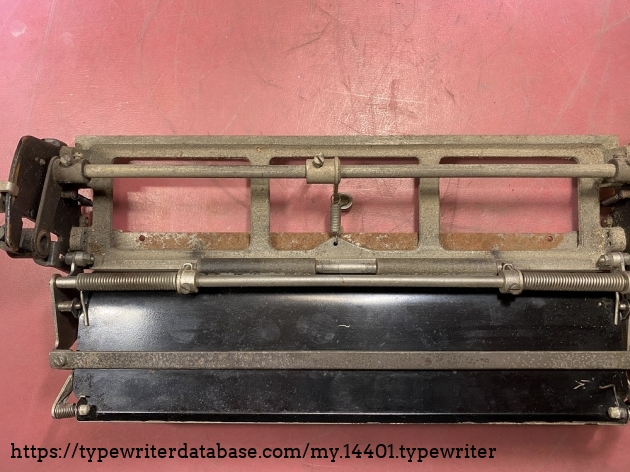
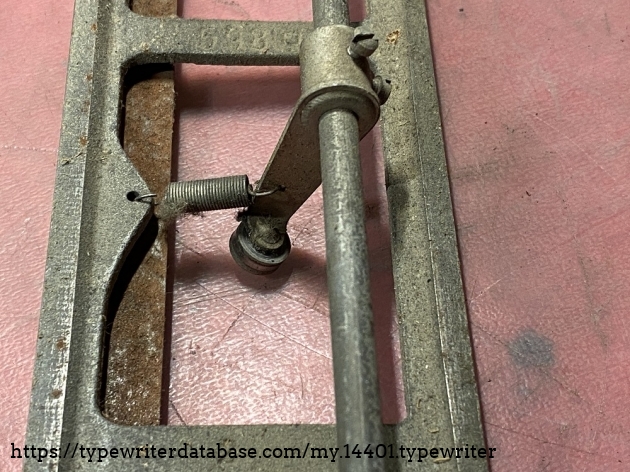
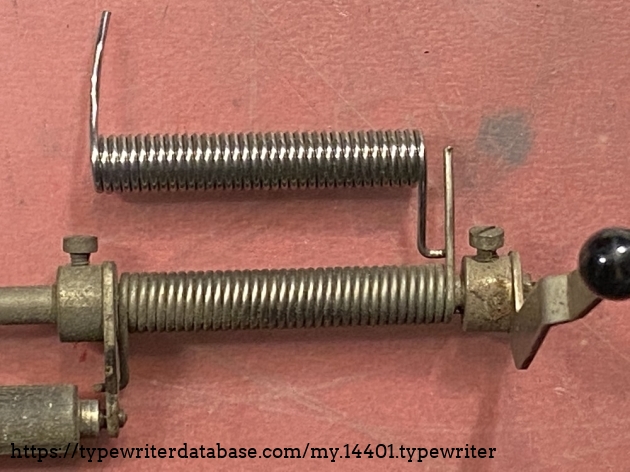
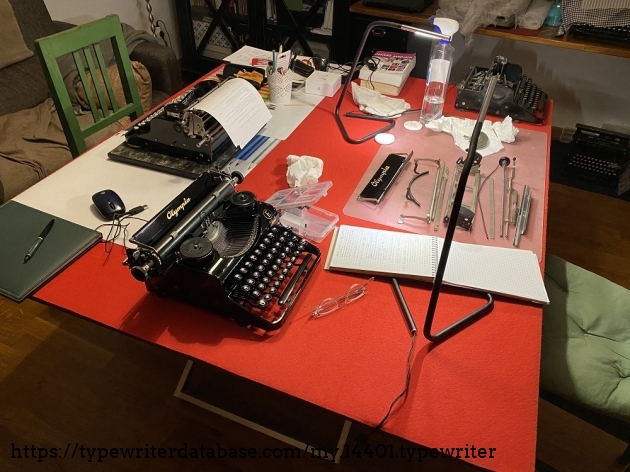
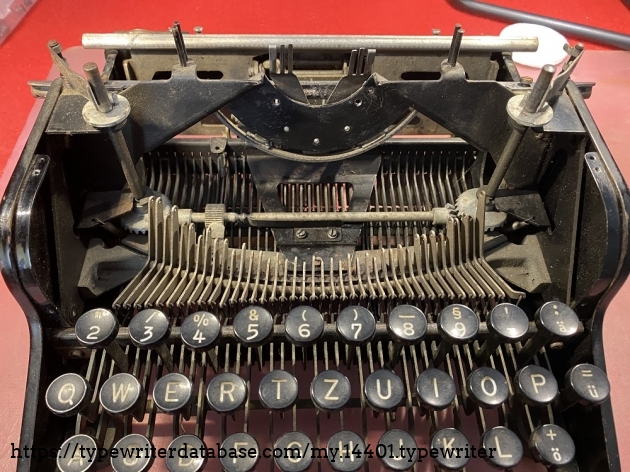
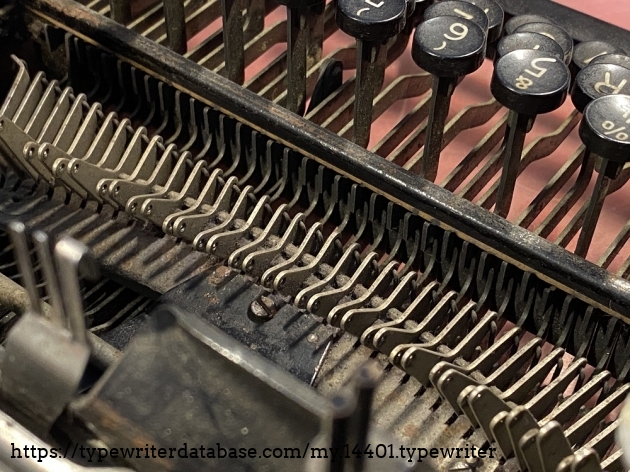
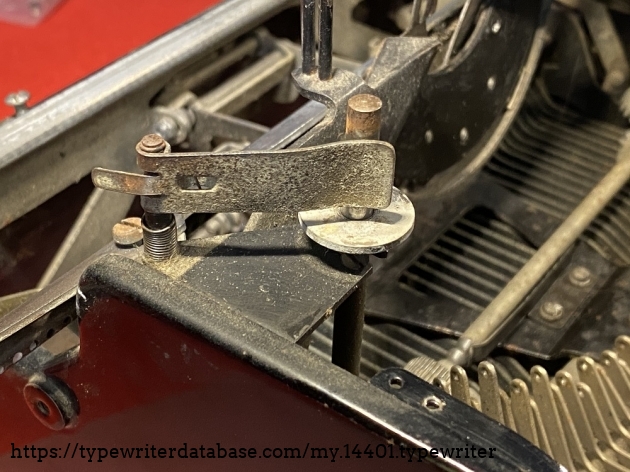
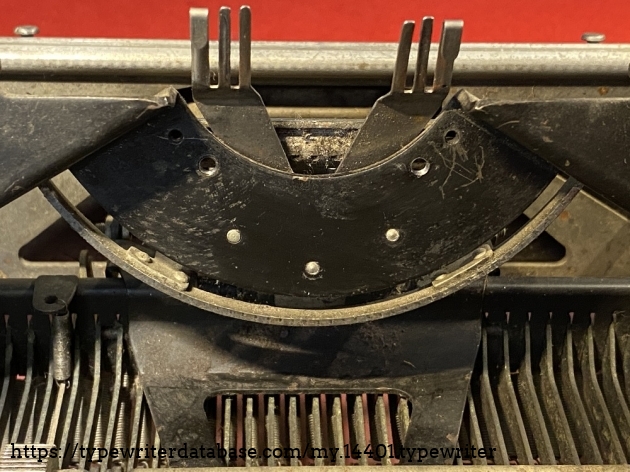
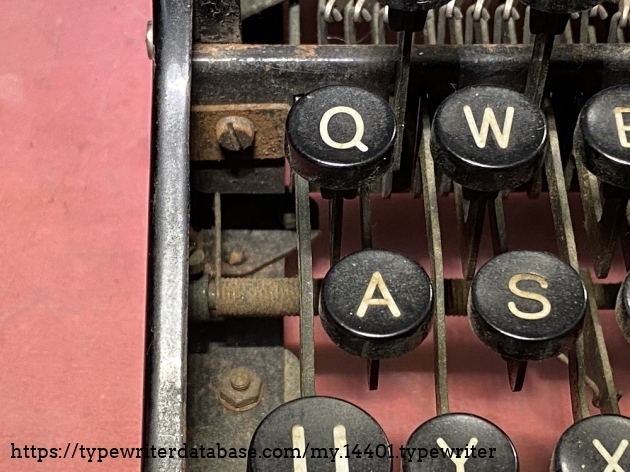
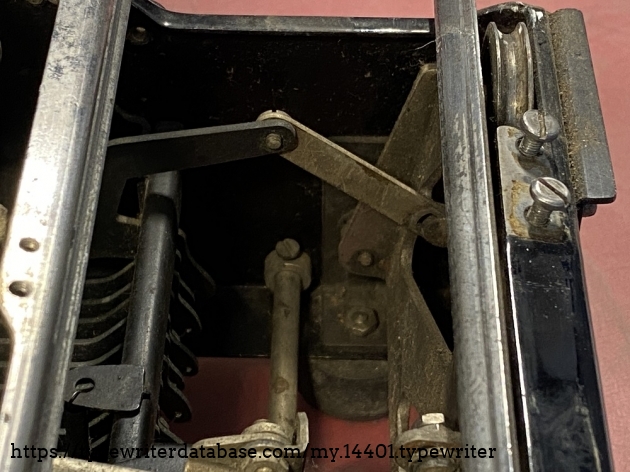
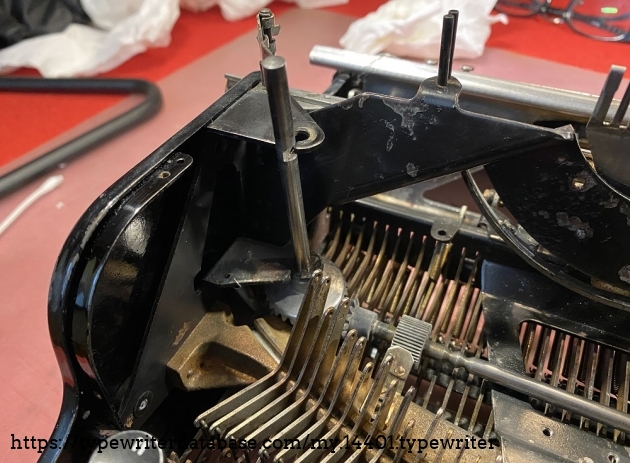
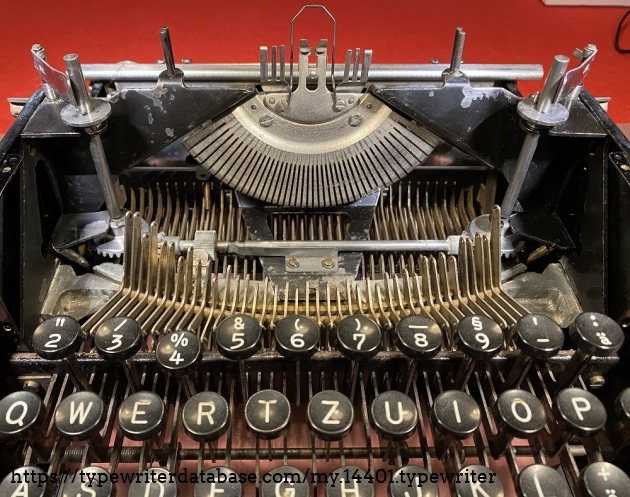
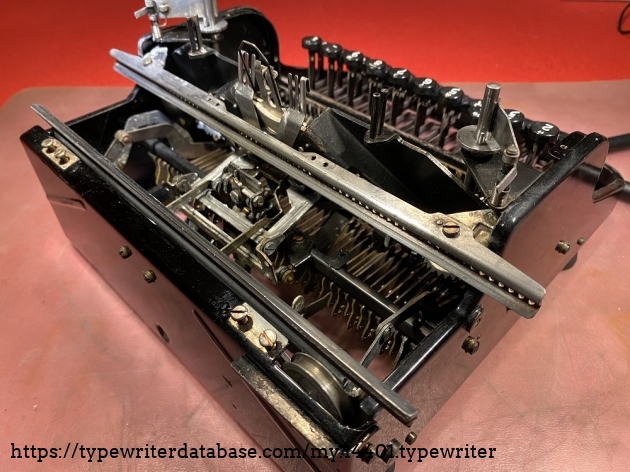
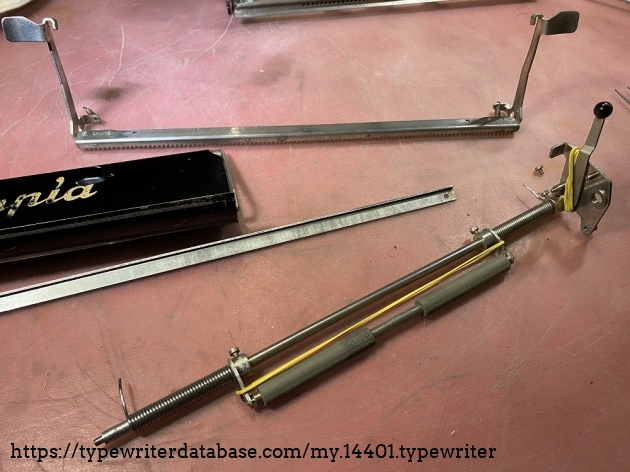
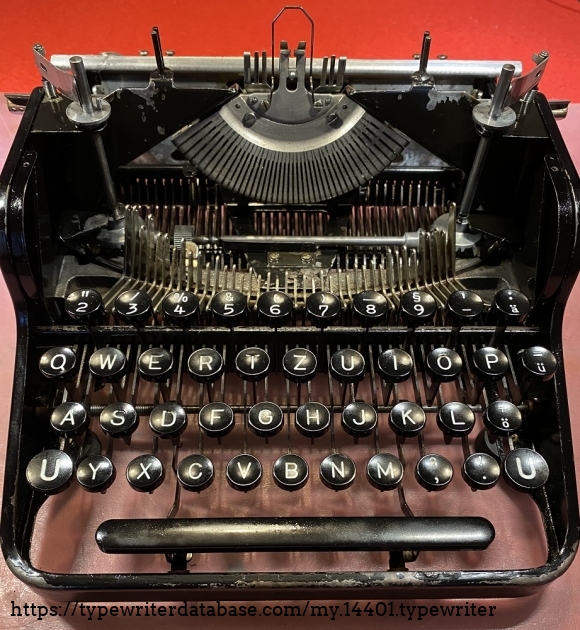
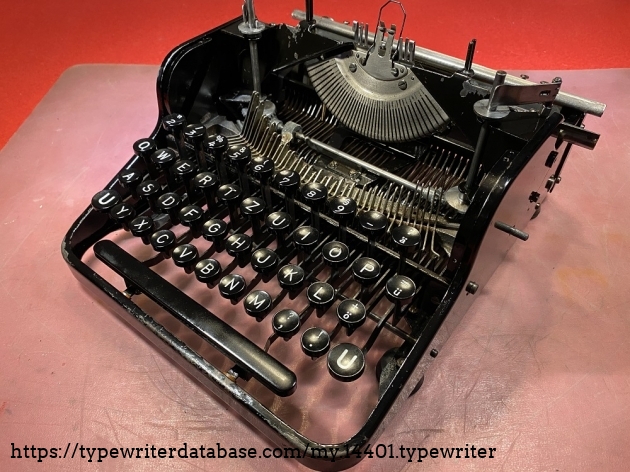
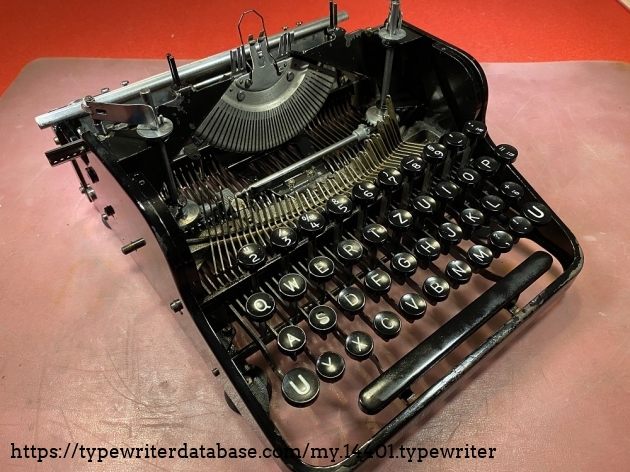
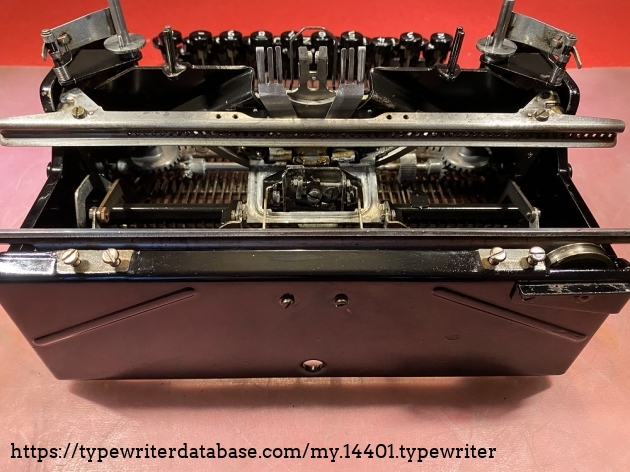
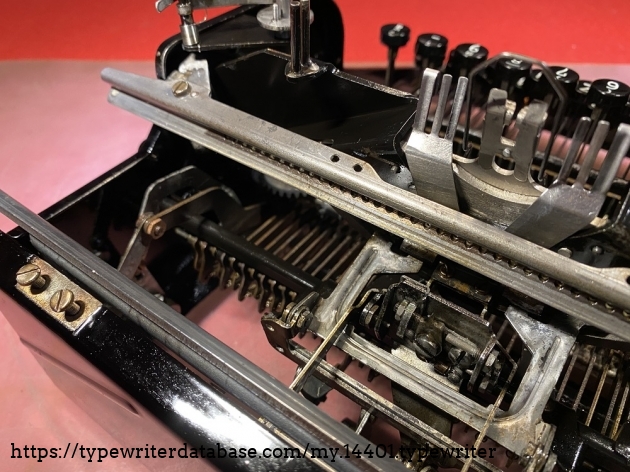
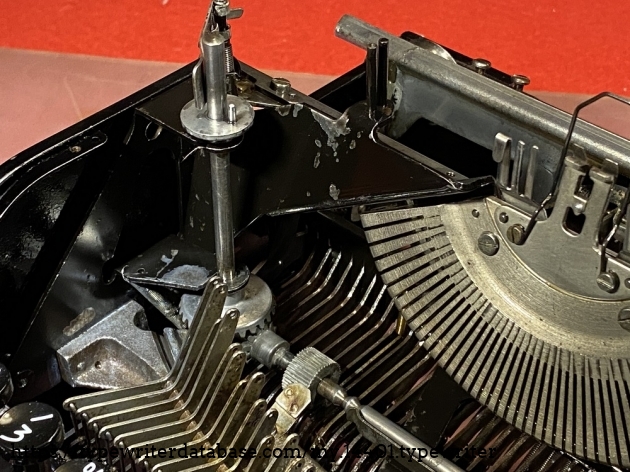
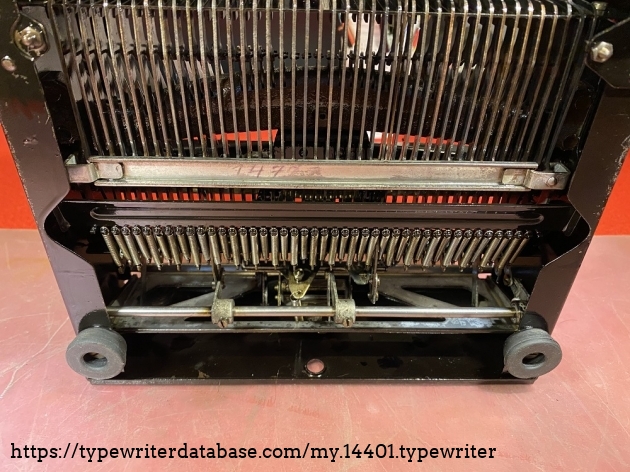
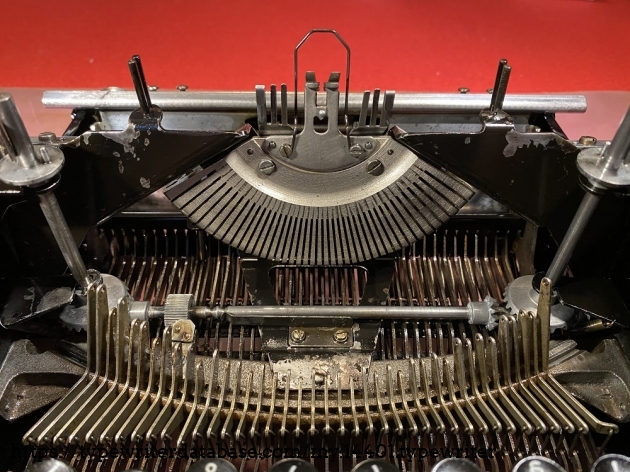
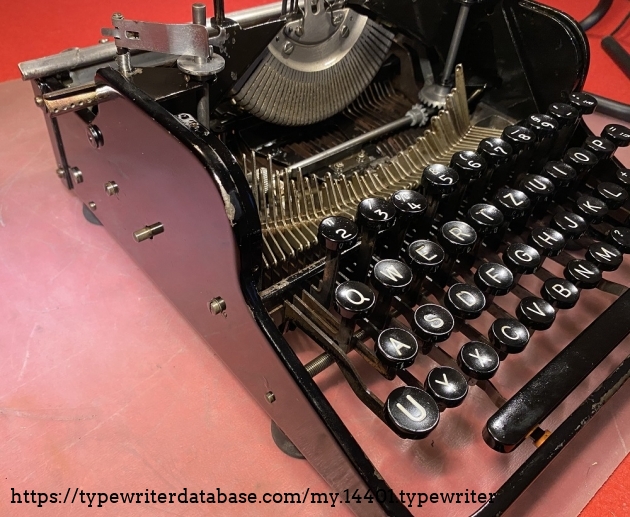

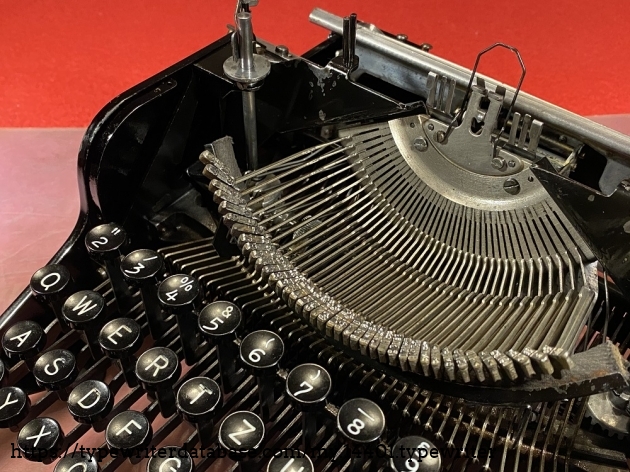
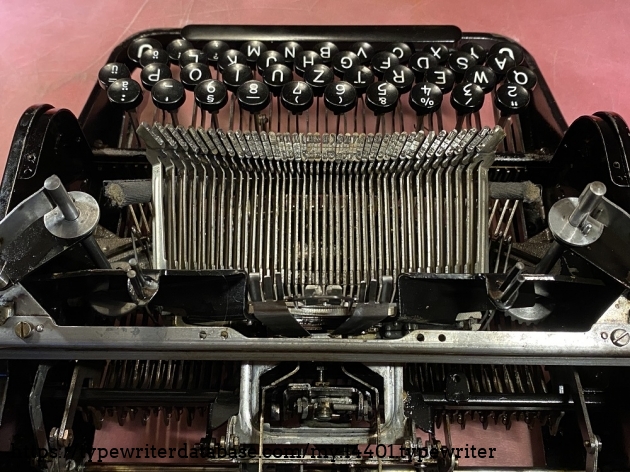
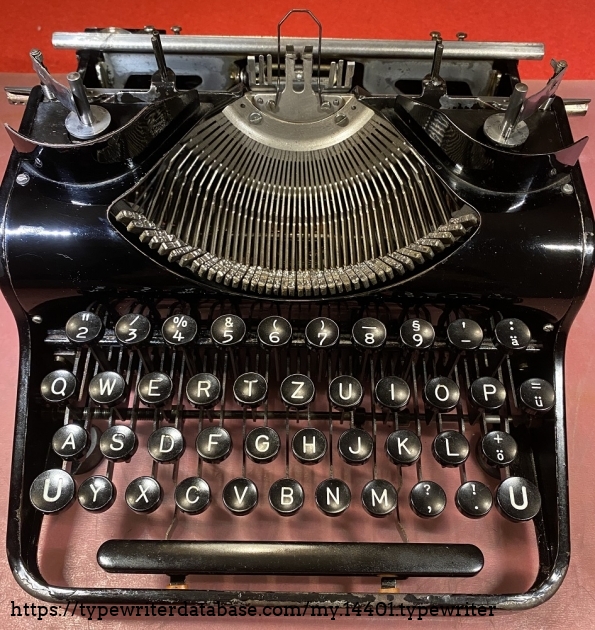
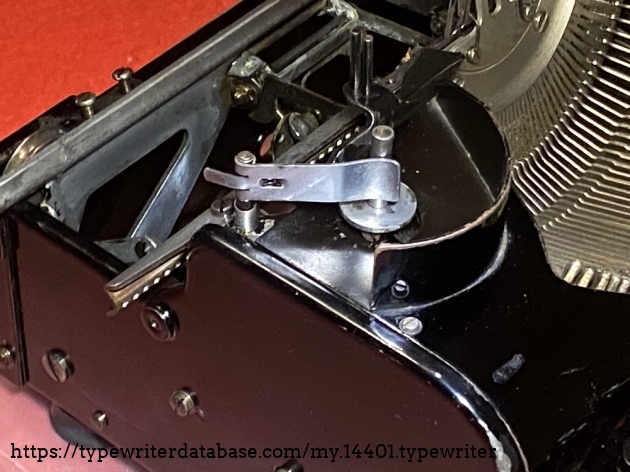
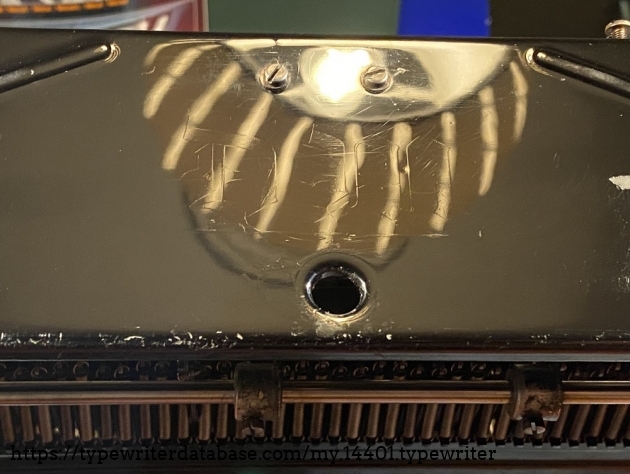
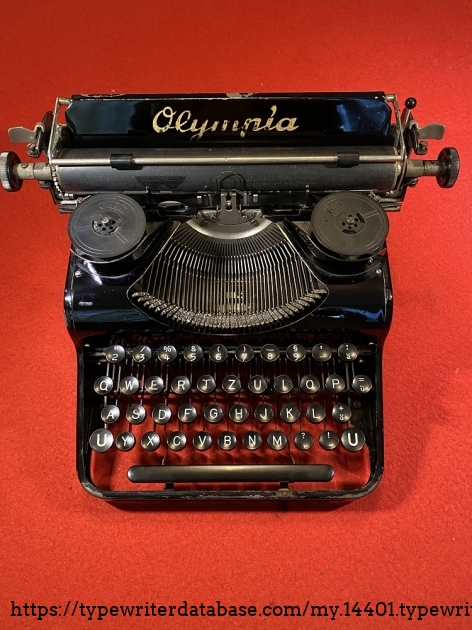
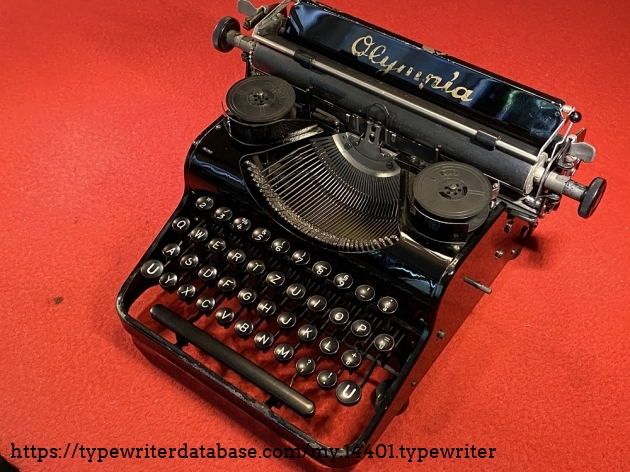
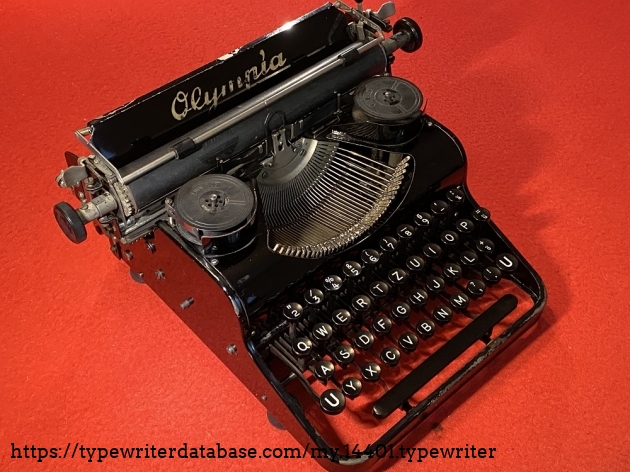
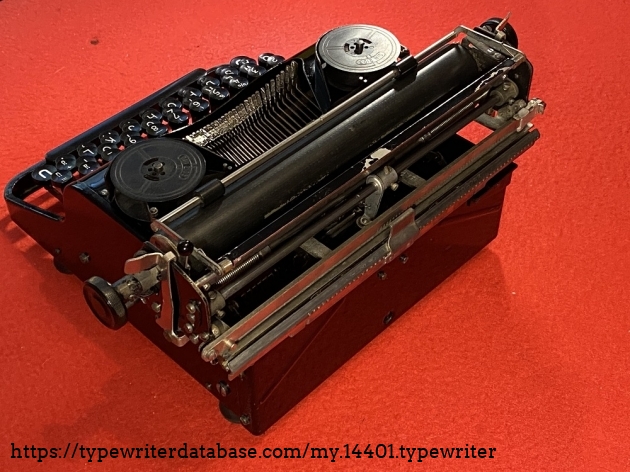
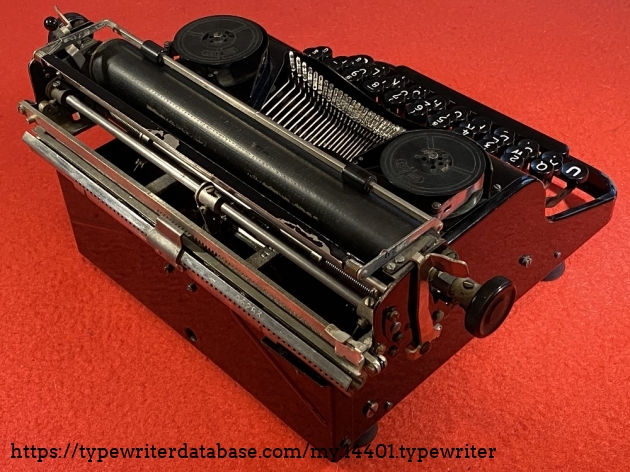
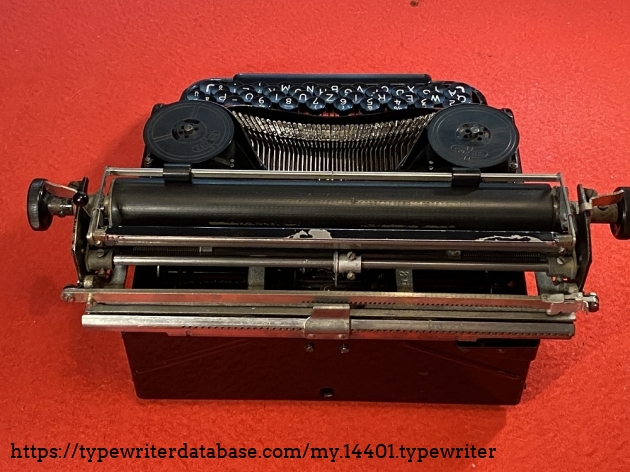
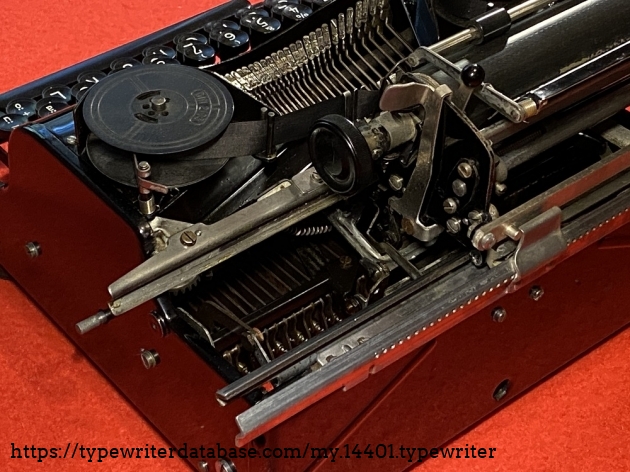
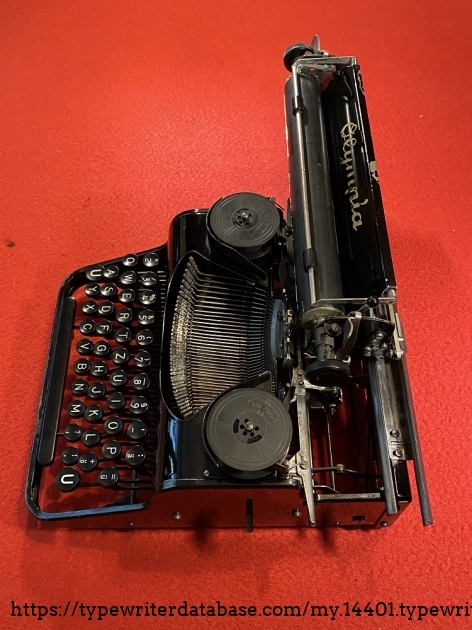
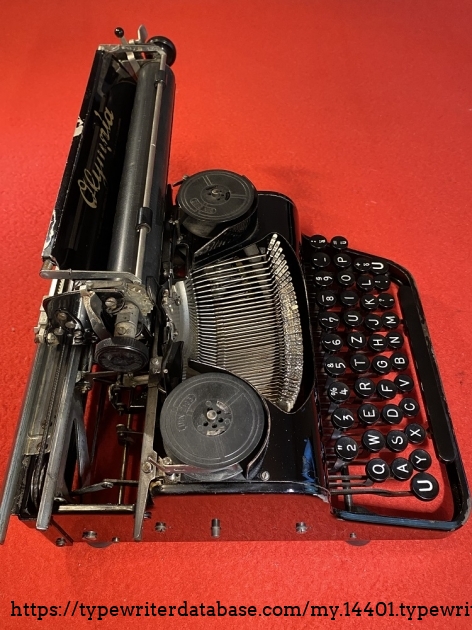
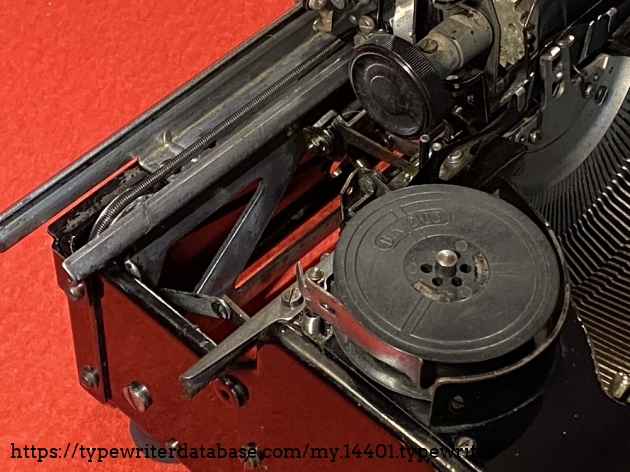
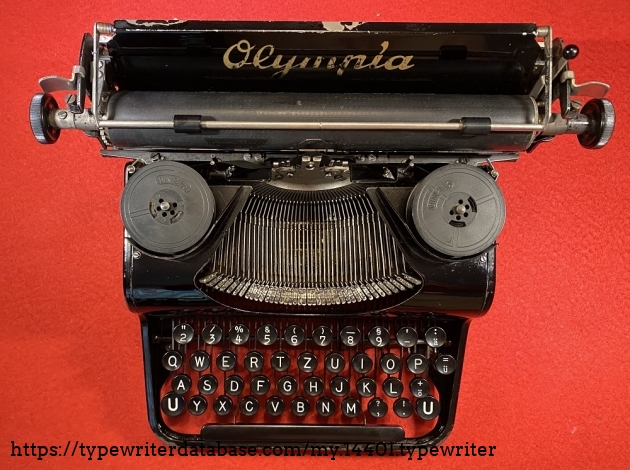
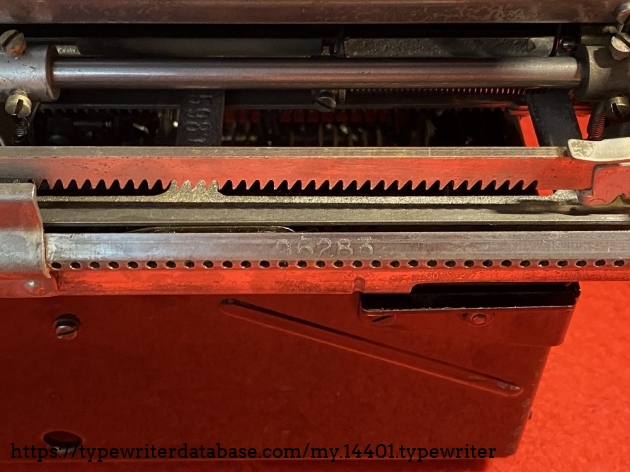
Hunter: Paolo Dal Chiele (pdcox)
Paolo Dal Chiele's Typewriter Galleries [ My Collection ] [ My Sightings ]

Status: Typewriter Hunter
Points: 3152
Interested in historic motoring and vintage cars, I received a typewriter as a bonus when I bought and old off-road car. The previous owner had found somewhere a typewriter produced for the German army and when he sold me the car he gave me the typewriter too. As I learned later, it was a1961 Olympia SM7 Robust..
Of the typewriters I value more character than perfection, the signs that time has left and the stories - or fragments of stories - of those who used them ...
RESEARCH NOTE: When researching the Olympia Filia on a computer with lots of screen real estate, you may find that launching the Olympia Serial Number page and the Olympia Filia By Model/Year/Serial page in new browser windows can give you interesting perspectives on changes throughout the model series.
